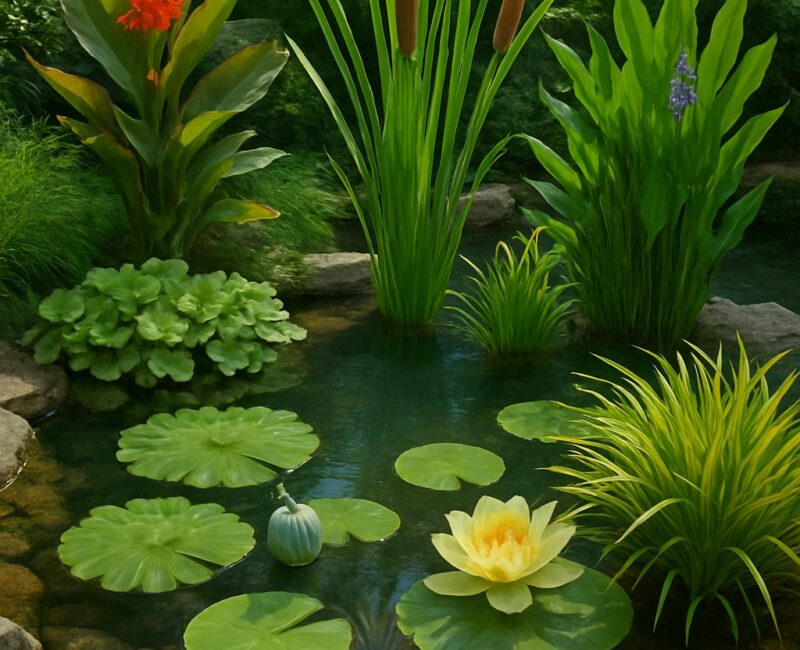Why Aquatic Plants Matter in Water Features
A water feature—whether it’s a pond, stream, or backyard fountain—becomes truly magical when paired with the right aquatic plants. These plants are more than just beautiful additions; they play a vital ecological role by keeping water clean, oxygenated, and full of life.
The Role of Plants in Ponds, Streams, and Water Gardens
- Provide oxygen for fish and aquatic life.
- Act as natural filters, removing excess nutrients.
- Prevent algae overgrowth by shading water.
- Create habitats for frogs, dragonflies, and pollinators.
Benefits Beyond Aesthetics
Aquatic plants don’t just beautify—they balance ecosystems, reduce mosquito breeding, and even support pollinators like bees and butterflies.
Types of Aquatic Plants
Floating Plants
Sit on the surface, blocking sunlight to control algae (e.g., water lilies, duckweed).
Submerged (Oxygenating) Plants
Grow fully underwater, releasing oxygen (e.g., hornwort, eelgrass).
Emergent (Marginal) Plants
Rooted in shallow water, rising above the surface (e.g., cattails, pickerelweed).
Bog Plants
Grow in saturated soils around pond edges (e.g., marsh marigold).
Aquatic Plants You Should Add to Your Natural Water Features
1. Water Lilies – Classic Elegance
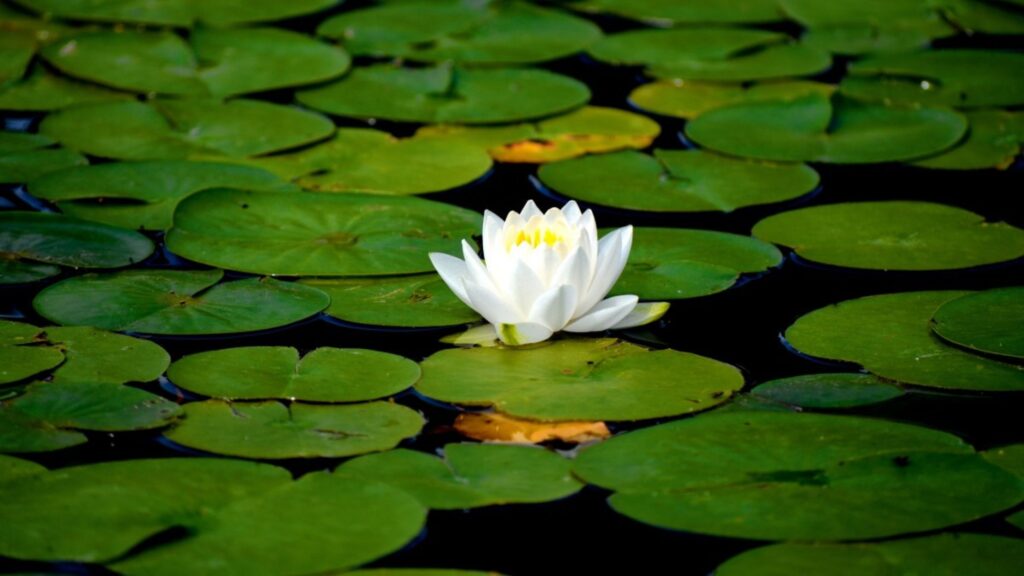
Water lilies are timeless pond favorites, adding floating pads and stunning blooms.
- Best for: Shallow to medium ponds.
- Care: Plant in pots, sink into the pond, and provide at least 4–6 hours of sunlight.
2. Lotus – Exotic Beauty
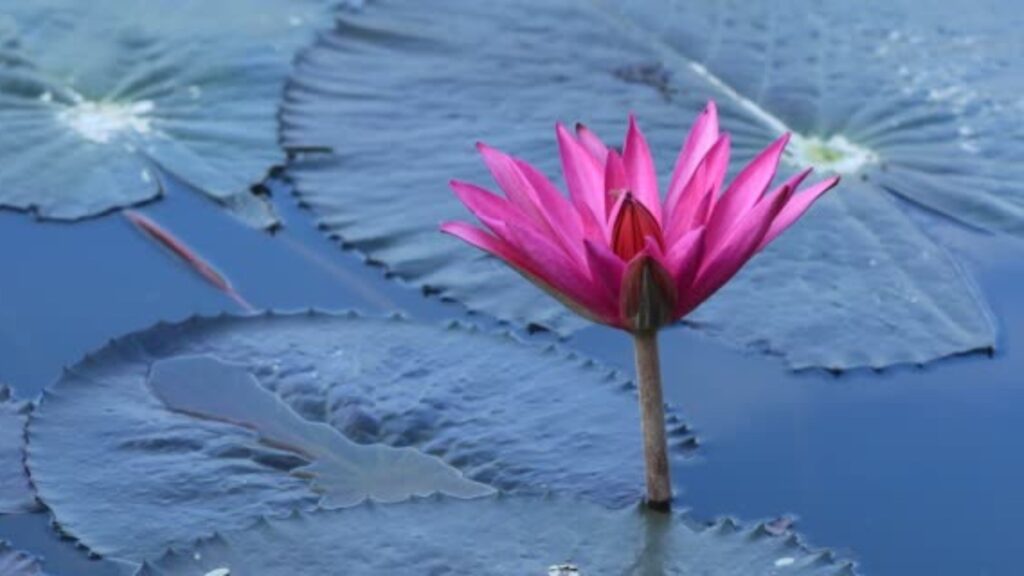
Lotus flowers symbolize purity and serenity, making them perfect for ornamental ponds.
- Care tip: Needs warm water and large containers for growth.
- Highlight: Creates striking, exotic focal points.
3. Water Hyacinth – Floating Wonder
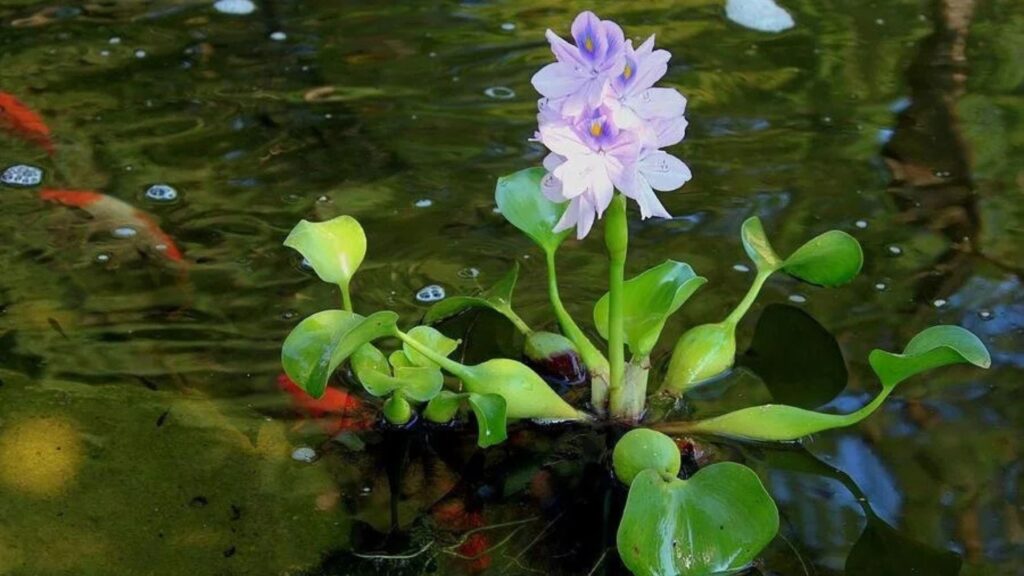
Fast-growing with purple blooms, water hyacinth is both decorative and functional.
- Benefit: Absorbs toxins and clarifies water.
- Note: In some regions, it is invasive—check local regulations before planting.
4. Duckweed – Tiny but Mighty
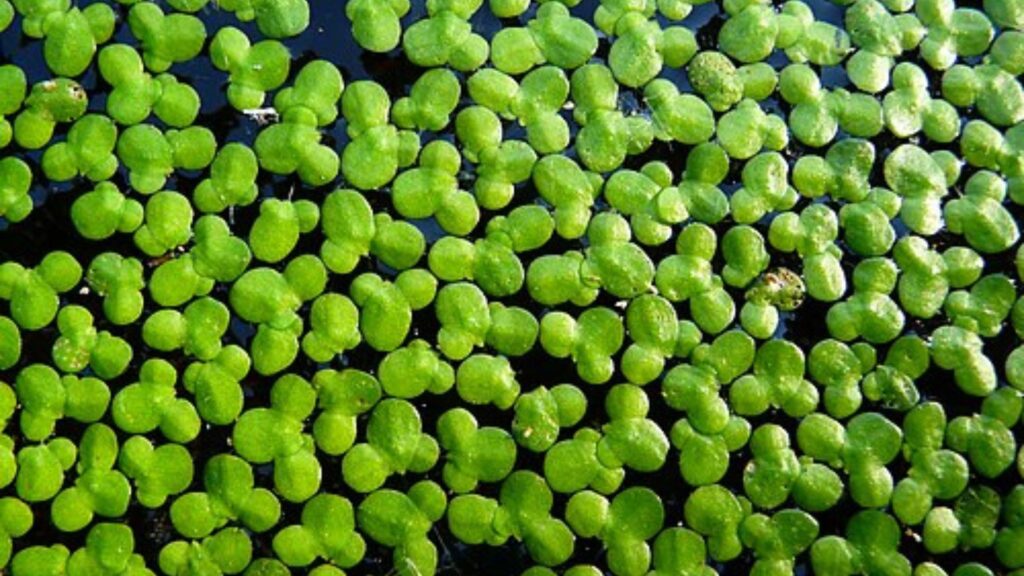
Though tiny, duckweed acts as a natural water filter and provides food for fish and ducks.
- Best use: Small ponds and aquaculture systems.
5. Hornwort – Oxygenating Superstar

This submerged plant improves water quality by oxygenating and absorbing excess nutrients.
- Ideal for: Fish ponds, as it prevents algae growth naturally.
6. Eelgrass (Vallisneria)
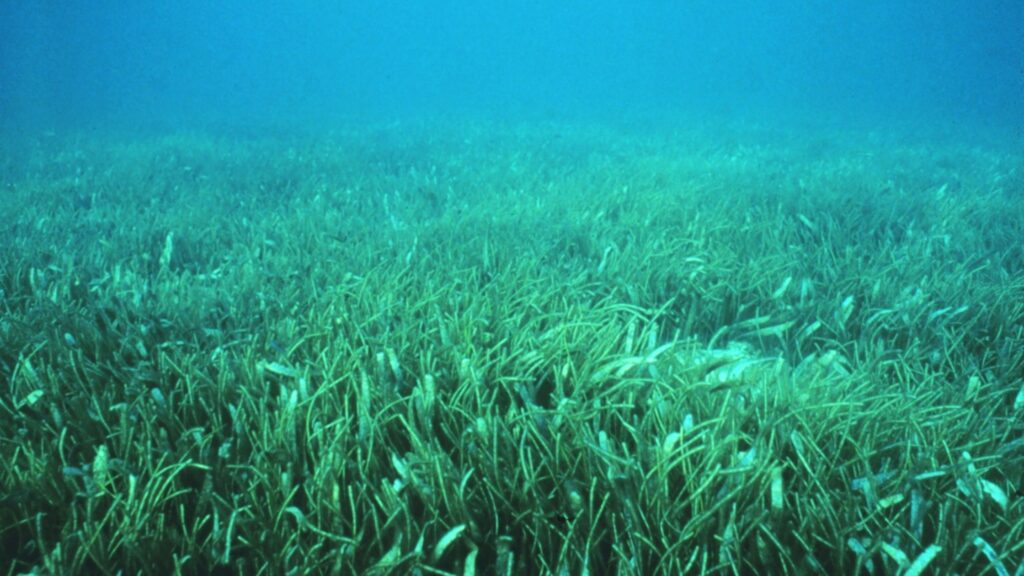
Forms lush underwater meadows, giving shelter to fish and shrimp.
- Benefit: Improves pond oxygen levels.
- Care: Thrives in nutrient-rich sediment.
7. Papyrus – Architectural Statement

Once used in ancient Egypt for making paper, papyrus adds dramatic height and texture.
- Best placement: Pond edges or shallow margins.
8. Pickerelweed – Pollinator-Friendly Plant
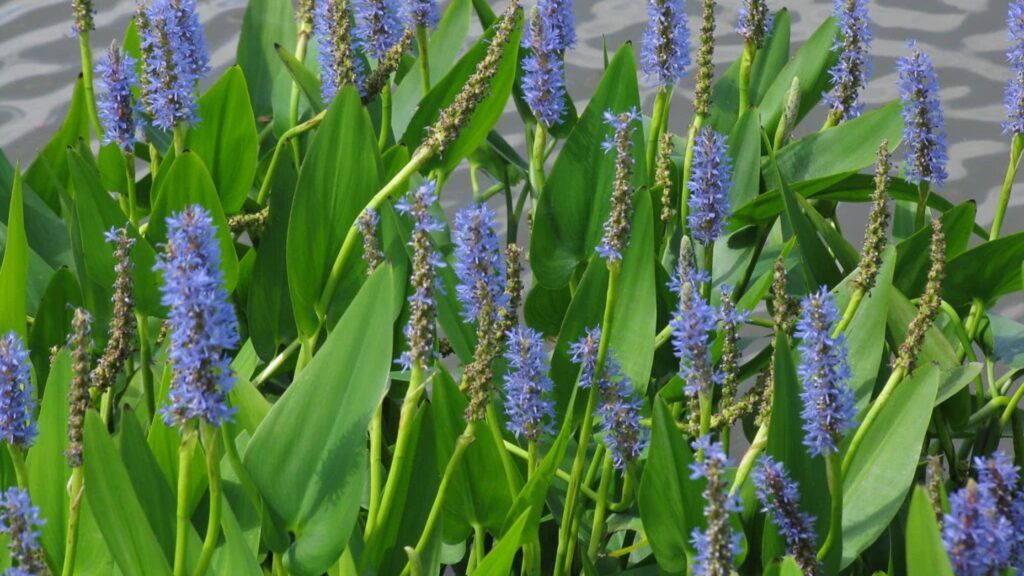
With purple-blue spikes of flowers, pickerelweed attracts bees and butterflies.
- Benefit: Combines beauty with ecological value.
9. Cattails – Natural Habitat Builders

Iconic wetland plants that provide shelter for birds, insects, and amphibians.
- Warning: Can spread quickly—best for larger ponds.
10. Marsh Marigold – Early Spring Color

Bright yellow blooms appear in early spring, bringing color before many plants emerge.
- Placement: Ideal for boggy pond edges.
Benefits of Adding Aquatic Plants
Oxygen Production and Fish Health
Underwater plants release oxygen, essential for koi, goldfish, and other pond life.
Water Filtration and Clarity
Plants like water hyacinth and duckweed absorb excess nutrients that would otherwise fuel algae.
Natural Pest Control
By covering surfaces, floating plants reduce mosquito breeding.
Biodiversity and Wildlife Support
Plants provide food and shelter for frogs, dragonflies, birds, and pollinators.
Design Tips for Using Aquatic Plants
- Balance is key: Mix floating, submerged, and marginal plants.
- Layer plants: Taller emergent plants at edges, floating ones in the center.
- Avoid invasives: Always check local guidelines before adding plants like hyacinth or cattails.
Bring Your Water Feature to Life
Aquatic plants are the soul of natural water features. From elegant lilies to oxygenating hornwort and vibrant marsh marigolds, each plant adds beauty while creating a balanced ecosystem. By choosing the right mix of plants, you can transform your pond or stream into a thriving, living water garden—teeming with life, beauty, and harmony. 💧🌿

